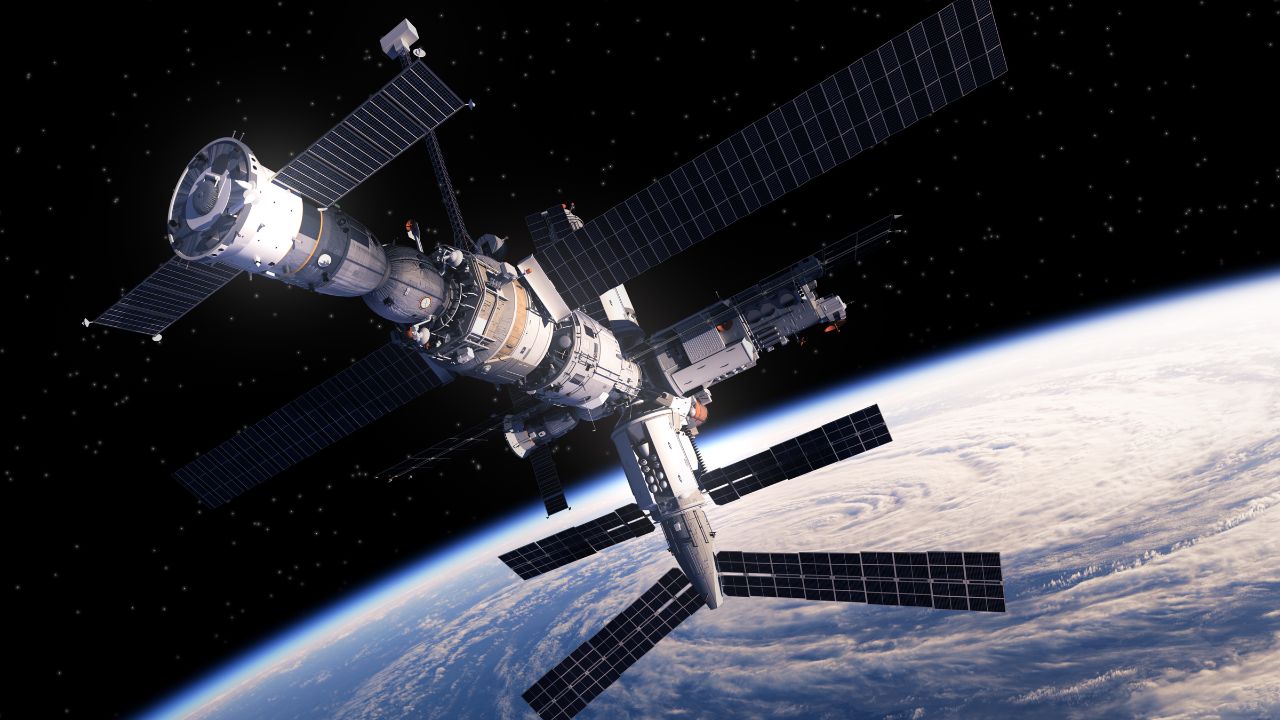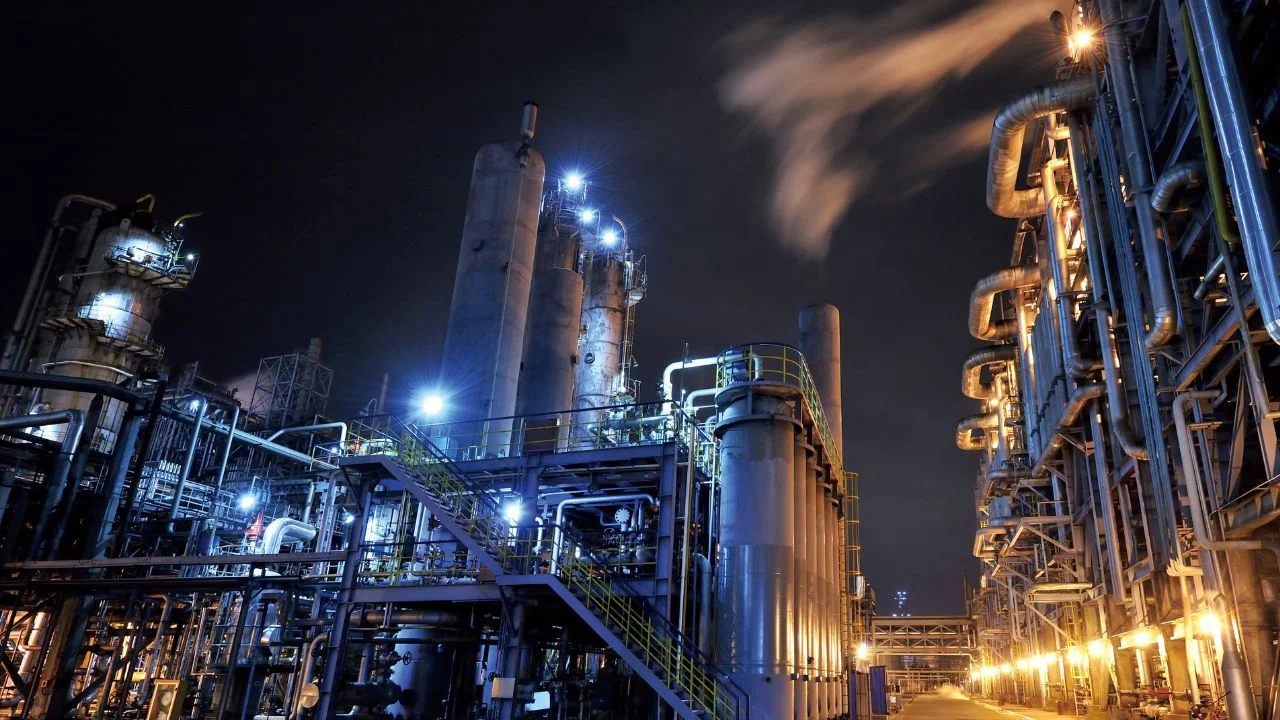The Engineering Marvels That Pushed the Boundaries of Human Innovation
21 Jul, 202310:45In this blog we look at the importance of innovation in engineering and explore the biggest ...

In this blog we look at the importance of innovation in engineering and explore the biggest engineering marvels of the world. These marvels broke the boundaries of what is possible and have stood the test of time.
The Importance of Engineering Feats
Engineering plays a part in almost every element of our daily life, whether we are using an app on our phone, crossing a bridge on an afternoon walk or driving to work in our cars. Consistent innovation in engineering has a profound effect on humanity and how we live our lives, and without it we wouldn’t have many of the things that we consider a necessity today.
Engineers in history have pushed the boundaries of science, technology, construction, manufacturing, architecture, and many other areas to create marvels fit for various functions. These wonders would lead the way for new methods and materials in engineering and uncover new problems requiring solutions that would be utilised for years to come.
The Top 5 Engineering Marvels of the World
The Great Wall of China
One of the most recognised structures in the world, The Great Wall of China was built over centuries by China’s emperors to protect their territory and trading routes. The vast structure spans an impressive 21,196 kilometres from Shangaiguan in Hebei province to Jiayuguan in Gansu province. It consists of walls, horse tracks, watch towers, and shelters, construction of which lasted more than 2,000 years from the 3rd century BC to the 17th century AD.
Without the tools at our disposal today, the creation of the wall was nothing short of an engineering feat. Approximately 100,000,000 tonnes of stone, bricks, and mud used across the wall had to be transported in three main ways. Most commonly workers would carry materials by hand or on their backs or create human chains to pass the materials back and forth. Wheelbarrows, ropes, and pulley systems were also used where terrain would allow and animals such as horses and donkeys would help to transport the materials over long distances.
Great Wall designers took advantage of the varying terrain and built at strategic places to repel invaders most effectively. Designers made use of rivers and their cliffs as natural barriers, saving on labour and materials. Similarly, watchtowers and beacon towers were built high up on hills and mountains for observation and communication by fire signals.

The Panama Canal - Connecting Two Oceans
Connecting the Atlantic and the Pacific Oceans, the Panama Canal spans approximately 65 kilometres from shoreline to shoreline. The canal, which was completed in August 1914, is one of the most strategic artificial waterways in the world. Before its conception, ships sailing between the east and west coasts of the United States, would have to navigate an approximate additional 15,000 kilometres. The Canal has since seen over 900,000 vessels and counting and plays a large role in the US economy, handling many imports and exports for the country.
A French company took on the great engineering challenge to build the canal in 1881 but failed by 1889, with tropical disease being one of their biggest setbacks and costing the lives of many workers. Sometime later, President Theodore Roosevelt negotiated control at the cost of $40 million and work began once again in 1904 continuing for the next 10 years before the project was complete. The canal was made by building dams on the Chagres River to create separate lakes. Primarily labourers from Barbados, Martinique and Guadeloupe worked on building the system we see today which cost an estimated $639 million.
Engineers designed an elevated lock system. With the Pacific Ocean lying higher than the Atlantic Ocean, the difference in the sea level requires ships to get up to 26 meters above sea level to reach the other end of the canal, which was no small feat at the time.
From the Atlantic Ocean, the first lock is designed to bring the ships up 26 metres to the level of Gatun Lake, where the ship could then travel approximately 50 kilometres to the next lock via the Culebra Cut. The next three locks are a tiered system to lower the ships section by section back to sea level. The entire process of this system is managed electronically from a control room which oversees the complex lock system.
The Burj Khalifa
The 828 metres tall Burj Khalifa towers above Dubai and took six years to complete. From 2004 to its opening day in 2010, designers, engineers, architects, and more came together to take on the monumental task of constructing the world’s tallest building. Spanning 200 floors, with 160 of them habitable, the Burj Khalifa offers one of the most prestigious addresses in the world.
The imposing structure took 22 million worker hours to build and overall utilised a record-breaking 330,000 cubic metres of concrete; 39,000 tonnes of steel reinforcement; 103,000 square metres of glass; and 15,500 square metres of embossed stainless steel.
The design and construction of the building highlighted several engineering challenges. The building had to be able to withstand extreme heat, so reflective cladding was used to combat the 50-degree Celsius summer temperatures. 300 cladding specialists were required to individually hand-cut approximately 26,000 reflective glass panels. A separate complex piping system was also installed to combat the approximate 15 million gallons of water the building gave off, caused by condensation.
The wind was another challenge. The design team, Skidmore, Owings & Merrill, developed a spiralling “Y” shaped plan, which was used to form the structural core of the building. The building features a unique design where each wing of the building buttressed the others via this six-sided central core.

The Channel Tunnel - Connecting Two Countries
The longest undersea tunnel in the world, the Channel Tunnel, opened in May 1994 after 6 years of construction. The project comprised three tunnels running parallel to one another, two of which are for trains, while the middle tunnel serves as a ventilation and service tunnel. The tunnels sit 45 meters below the seabed and are approximately 35 miles long from Folkstone in the UK to Calais in France.
Building the tunnels was a monumental task; before they could even begin work, billions had to be raised to fund the project, experienced engineers had to be found, 13,000 workers had to be hired and special tunnel boring machines (TBMs) had to be designed and built. Some of the specialist equipment used on this project sits on display today at the National Railway Museum in York, UK.
The geology of the bottom of the English Channel had to be studied carefully to decide the best location to build. The Lower Chalk layer at the bottom of the channel was made up of chalk marl, making it the best location to bore through.
Digging started in 1988, with TBMs used for all the tunnels. These impressive tools would cut through the chalk, collect the debris, and transport it behind it using conveyor belts where it would be disposed of. Five dug from France and six from the UK with the plan to meet in the middle. Starting with the service tunnel, engineers were able to assess the condition of the ground before tackling its larger counterparts.
One of the biggest challenges was making sure each half of the first tunnel would meet in the middle, so special lasers and surveying equipment were used. To everyone’s relief, they did, but there were still two more tunnels to construct, alongside crossover tunnels, land tunnels, piston relief ducts, electrical systems, fireproof doors, the ventilation system, train tracks and large train terminals in both Folkstone and Calais, making this project one of the most impressive engineering feats of the 20th century.
The International Space Station - A Marvel in Space
The International Space Station (ISS) is the largest single structure humans have ever put into space, orbiting Earth every 90 minutes from around 250 miles above the surface. The project was born from scientific and engineering collaboration from five space agencies representing 15 countries. The station weighs almost 400 tonnes and covers an area as big as a football pitch, making it a difficult task to transport it into space.
Construction began in 1998, when it was taken into space piece-by-piece in more than 40 missions and gradually built in orbit using skilled spacewalking astronauts and robotics. Building the space station was like no other engineering project anyone had ever faced. Most missions used NASA's space shuttle to carry up the heavier pieces of the shuttle, with some individual modules launching on single-use rockets.
The first segment that made it into space was the Zarya Control Module, sent up aboard a Russian Proton rocket from Kazakhstan. The module would supply fuel storage, battery power, rendezvous and docking capability for multiple space vehicles. Two weeks later, the next module known as Unity Node 1, was joined with the previous module and was the first US-built element of the station and the first step in the assembly of the orbiting laboratory.
Its main construction was completed over 10 years, with the first crew inhabiting the station in 2000. The station continually evolves to include new missions and experiments. NASA recently announced that the station's operations aim to end in 2030, when it will then fall into the Pacific Ocean and the organisation will begin transitioning to commercially owned and operated space stations.

Honourable Mentions
While the marvels above were monumental in showing what engineering innovations can achieve, they weren’t the only ground-breaking structures that paved the way.
- The Golden Gate Bridge. This project was the longest suspension bridge in the world from the time it was opened in 1937 until 1964, measuring 1,280 metres. The strait under the bridge proved to be an engineering nightmare and made many deem the bridge an impossible feat, with the water running more than 300 feet deep, strong tides, frequent winds, fog, and salt air for engineers to battle with.
- The Great Pyramid of Giza. There’s no doubt that the pyramids are an engineering marvel, despite the exact methods of their construction being unconfirmed. This pyramid, the largest in the world, was constructed approximately 4,500 years ago. Sitting at 481 feet tall, it would have taken an estimated 2.3 million stone blocks to create, an astounding figure when we consider the lack of modern equipment available to the ancient Egyptians.
- The Colosseum. This is the largest amphitheatre ever to be built. This structure is almost 2,000 years old and has a capacity of between 50,000 and 80,000 people, making it as large as many modern stadiums. The Romans were leaders in innovation, with the invention of Roman concrete and vaulted arches making it possible to construct such a massive structure in a short period of time
Celebrating the Incredible Achievements of Engineering
Without engineering achievements, we wouldn’t have many of the structures, technology, and systems we use every day. Engineering marvels highlight our ability to push boundaries and problem-solve on a scale unlike ever before. These towering buildings, innovative methods of travel and fortification set the standard of what is possible for years to come.
Are you ready to join pioneering engineers across the globe? NES Fircroft’s expert recruitment teams place engineering and technical professionals on ground-breaking projects in hundreds of countries. You can view all our open vacancies or register your CV with us today for free to ensure that you’re first in line for future jobs in this exciting and ground-breaking industry.










